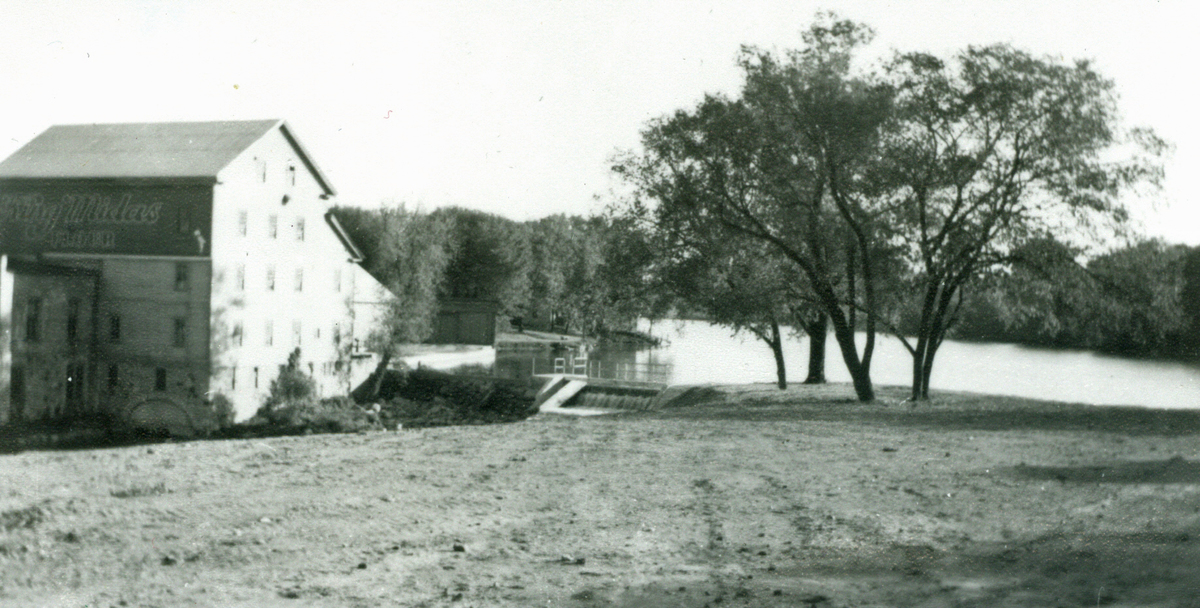King Midas Flour Mill

A grist mill was one of the essential enterprises in every new settlement on America’s frontier. With flour to make bread, the pioneer could feel at home even in a crude log cabin in Wisconsin’s wilderness. For Plymouth residents, the mill was a long-time reminder of bygone days when waterpower was a key to business activity and the mill served as a hub for neighboring farmers and residents of the community. Construction of the mill began in 1848 by Henry I. Davidson. It was known as the Quit Qui Oc Mill after a Native American name for the adjacent river. The following year, Robert Hotchkiss entered into a partnership. On March 15th, 1850, Hiram Bishop brought two bushels of grain to have ground into flour. The following day Davidson sold his interest to H.N. Smith. In 1852, Smith sold out to Rudolph Puhlmann and in 1866 Rudolph sold to his brother Otto. Following the death of Mr. Hotchkiss in 1878, Otto Puhlmann became the sole proprietor of the then-booming business, turning out 125 barrels of flour daily. In 1887, Puhlmann sold his interest to William Schwartz. In 1901, Gottlieb Pfeiffer bought the business with wholesaling and retailing of flour making up the majority of business, and thus began a long family tradition at the mill. During Pfeiffer’s ownership, the mill became known as the Plymouth Roller Mills.